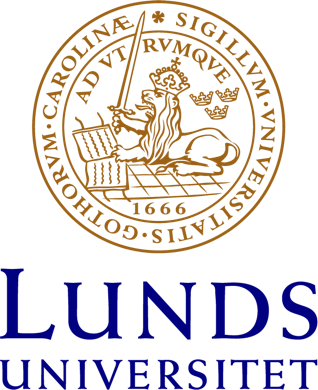2013-10-09
Extending Interoception: Tool Use and Transparency
Mog Stapleton (Stuttgart)
Wednesday 9 October at 18:15h - Kungshuset 203
Enactivists argue that cognition is grounded in biological autonomy and sense-making. What this means is that biological systems that are cognitive construct themselves - as a system - distinct from the environment and maintain their existence by being sensitive to both internal and external changes, adapting to these as they need to. In order to adapt to external changes in a changing environment an organism must have an ability to sense and act, and the activity of an organism in sensing and responding to what is biologically relevant to it is for it to be "making-sense" of its environment.In our paper "Making Sense of Sense-Making" (Thompson & Stapleton 2009) Thompson and I propose that the enactive concept of sense-making may be extended beyond the biological body provided that the extension would contribute to the organizational autonomy of the organism extended. We suggest that one way to see if this were the case would be to subject it what we called "The Transparency Constraint". The Transparency Constraint states that "for anything external to the body’s boundary to count as a part of the cognitive system it must function transparently in the body’s sense-making interactions with the environment". We spelled out transparency both in terms of experiencing and manipulating the world through the extension, and the extension being incorporated into the body-schema in the brain.
In this talk I will spell this out in more detail and examine how forms of sensory augmentation can result in an extended sense-making system. I will consider whether we can over-ride the body model hypothesized by De Preester & Tsakiris (2009) by forming an artificial extension to interoception (the sense of the physiological condition of the body) in virtue of very tight coupling between the biological system and the artificial system. The suggestion will be that by extending interoception in this way (1) the biological body receives information about the state of that part of the (extended) system (2) becomes incorporated as part of the body-as-subject (3) is thus experienced transparently (yet colours experience), and (4) becomes part of our affective body. To do this I will draw on current research on sensory substitution and augmentation and consider whether it suffices for an operationalized version of interoception to contribute only to second order sense-making and affectivity or whether it must also contribute to first order sense-making and affectivity.
